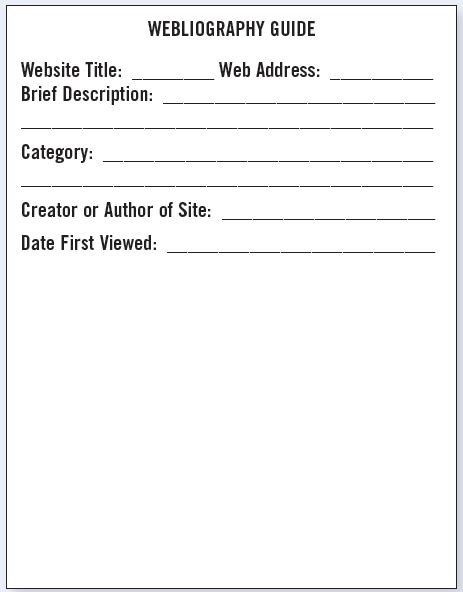IEP AREA 5 : ELIGIBILITY
Your student's eligibility and how their identified special needs may affect their access and learning within the classroom, is detailed within their IEP. Each student's eligibility is determined through a wide array of standardized assessments administered by a team of qualified professionals. In interpreting the data, a variety of sources contribute to determining if the student meets the criteria defined within IDEA as a student with a disability. Drawing upon sources, including aptitude and achievement tests, parent and teacher input, etc., a determination and statement of eligibility is created.
In order for a student to qualify for special education services, they must meet specific criteria matching at least one of the 13 qualifying conditions determined by federal regulation. Also, the disability must be found to adversely affect the student's educational performance. The categories included within IDEA are:
- Autism Spectrum Disorder
- Deaf-Blindness
- Deafness
- Emotional Disturbance
- Hearing Impairment
- Intellectual Disabilities
- Multiple Disabilities
- Orthopedic Impairment
- Other Health Impairment
- Specific Learning Disability
- Speech or Language Impairment
- Traumatic Brain Impairment
- Visual Impairment, Including Blindness
Although children identified with a disability are more than their label, review of eligibility within the IEP provides increased insight and understanding. All children have their own distinctive profile complete with strengths, talents and challenges. Through learning the general characteristics of an identified condition, teachers can gain greater perspective and understanding of

unique learning patterns of their student. In this way, teachers can plan for appropriate and meaningful instruction, as well as ensure learning outcome for their students.
TOOLBOX TIP 5
Busy general education teachers can stay up to date and gain deeper understanding of their student's various disability categories through consultation with special education teachers and related service providers. These specialists are often able to provide direct resources for you. Rather than plopping resources into the student's folder, keep links, articles and brochures within a handy-dandy digital folder labeled "Qualifying Conditions" on your computer's desktop. Categorize each sub-folder by the 13 conditions listed above. Additionally, think about including a sub-folder containing a Webliography Guide with individual summaries of special education resources and web sites. Through creating a resource folder, you will have the information for current and future students at your fingertips.
Teaching is a dynamic and multifaceted career, well-suited to individuals who are innovative and inquisitive lifetime learners, which is the best kind of mindset to have when finding yourself as part of a team. IEP teams today are increasingly mindful in their approach and recommendations when considering educational access and growth for their students. In addition to providing students the necessary supports and services to access and benefit from their education, a powerhouse of beneficial collaboration is fostered between all team members via the IEP.
IDEA's guiding principles include a free appropriate public education (FAPE) in the least restrictive environment (LRE). With this guarantee comes a custom designed IEP in support of the student with identified special needs, which involves a diverse merging of professionals' knowledge, skills and perspectives. Consider these three collaborative essentials to keep the communication loop open, as you read your students' IEPs:
- Connect with your student’s case-manager, if they have not yet reached out to you. The case-manager is usually a special education teacher or another member of the IEP team such as a speech therapist. They are responsible for ensuring that your student’s special education services and supports are in place. The case-manager will have a copy of the IEP for your review and implementation. Additionally, if a student with a disability requires behavioral supports, they might have a behavior intervention plan (BIP), which you may be responsible for implementing. The case-manager is your point of contact and can help you get up to speed. Continued intentional and focused communication between yourself and other team members will go far in support of learning for your student and increase understanding between educators and service providers.
- Consult with your special education colleagues or other IEP team members to increase your knowledge about the IEP. Working with a team of individuals who possess differing skill-sets, perspectives and insights, generates fertile ground for innovations leading to deeper understanding, as well as solution-focused ideas and practices. You and your team’s careful study of the IEP is an essential steppingstone toward enhancing student growth. Check in with the appropriate IEP team member if you require help at any point of the school year, especially as you get underway. A few points that you may find yourself initially seeking clarification for include: